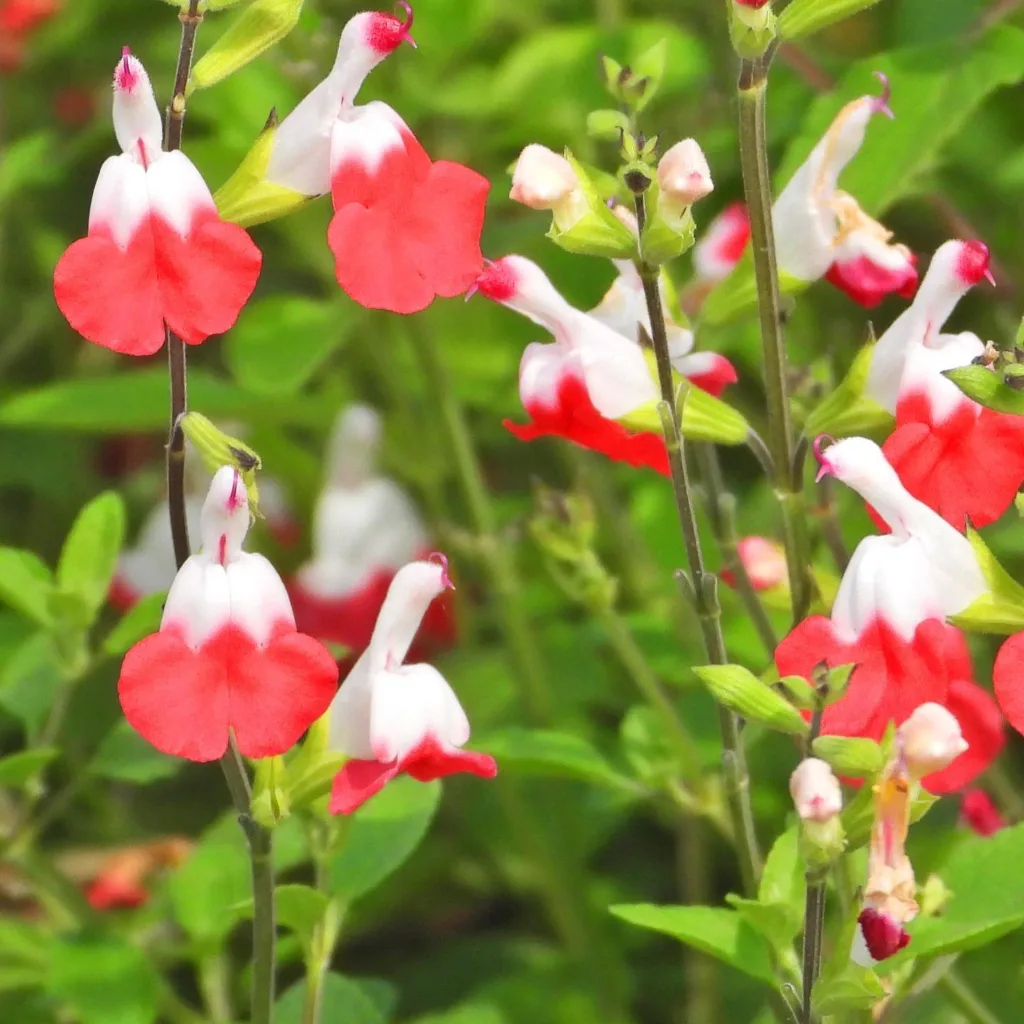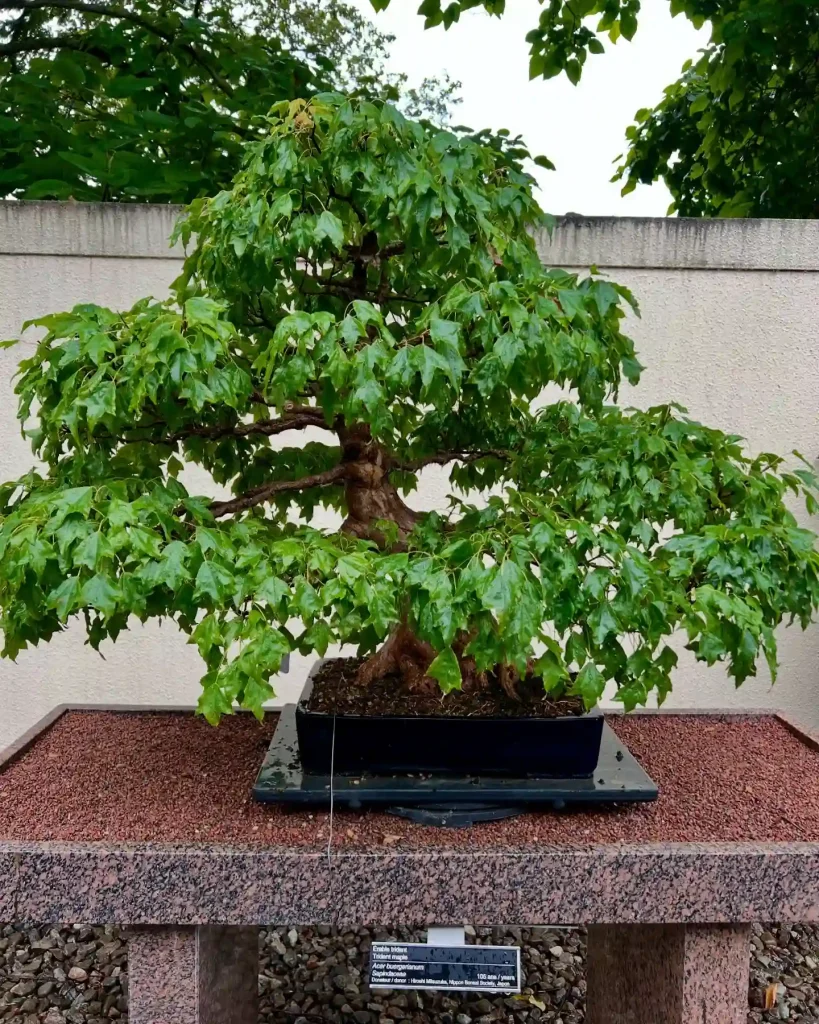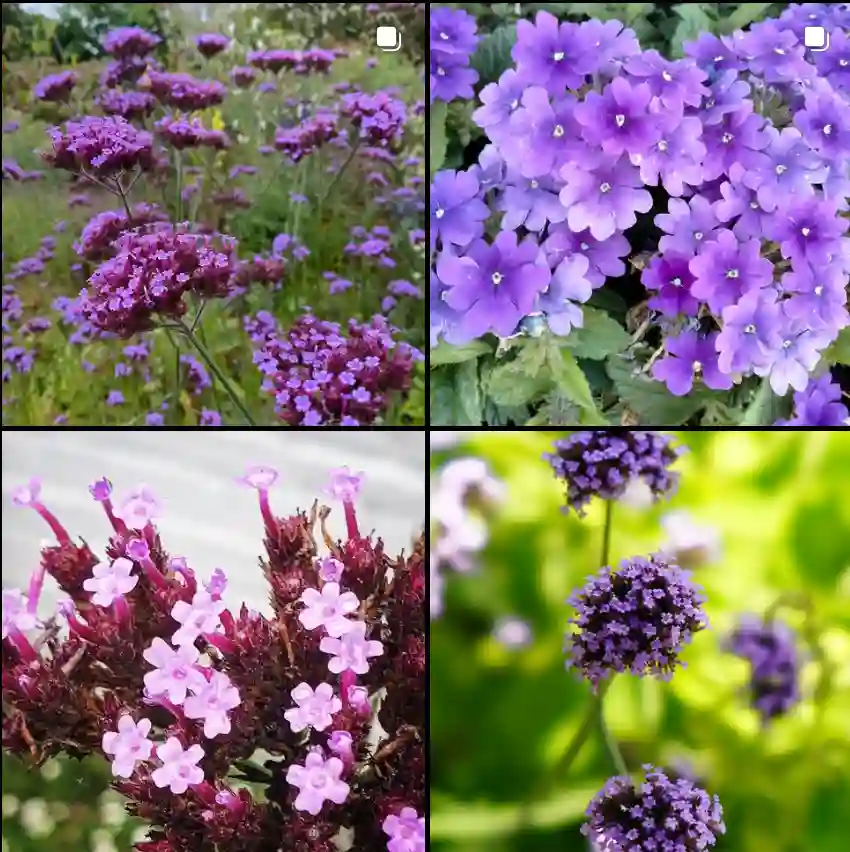Andropogon: A Deep Dive with Ferb Vu
The world of grasses is vast and often overlooked. But for me, Ferb Vu, there’s a particular genus that holds a special fascination: Andropogon. These plants, commonly known as beard grass or bluestem grass, are widespread across the globe, painting landscapes with their distinctive textures and hues. From the savannas of Africa to the prairies of North America, Andropogon species have woven themselves into the fabric of diverse ecosystems. Join me as we explore this captivating genus, delving into its characteristics, its ecological significance, and the sheer beauty of its various forms.
Understanding the Andropogon Genus
Andropogon belongs to the Poaceae family, a massive group encompassing all true grasses. What sets Andropogon apart are its unique flowering structures. These grasses produce spikelets, which are the basic units of a grass flower. In Andropogon, these spikelets are arranged in pairs, with one spikelet being fertile and the other sterile. This distinctive arrangement, along with the often hairy appearance of the spikelets, gives the genus its common name “beard grass.”
But the appeal of Andropogon extends beyond its botanical intricacies. These grasses are vital components of many ecosystems, providing food and shelter for a variety of wildlife. Their deep roots help stabilize soil, preventing erosion and promoting water infiltration. And let’s not forget their aesthetic value. The graceful, arching stems and feathery inflorescences of Andropogon add a touch of wild elegance to any landscape.
A Diverse Family: Andropogon Species
The Andropogon genus boasts a remarkable diversity, with over 100 recognized species. Each species possesses its own unique set of characteristics, adapting to thrive in specific environments. Here are:
- Andropogon abyssinicus R.Br. ex Fresen.
- Andropogon aequatoriensis Hitchc.
- Andropogon africanus Franch.
- Andropogon alopecurus (Desv.) Hack.
- Andropogon amethystinus Steud.
- Andropogon andringitrensis (A.Camus) Voronts.
- Andropogon angustatus (J.Presl) Steud.
- Andropogon appendiculatus Nees
- Andropogon arctatus Chapm.
- Andropogon arenarius Hack.
- Andropogon aridus Clayton
- Andropogon auriculatus Stapf
- Andropogon barretoi Norrmann & Quarín
- Andropogon bentii Stapf
- Andropogon bicornis L.
- Andropogon bourgaei Hack.
- Andropogon brachystachyus Chapm.
- Andropogon brasiliensis A.Zanin & Longhi-Wagner
- Andropogon brazzae Franch.
- Andropogon burmanicus Bor
- Andropogon cabanisii Hack.
- Andropogon campbellii U.B.Deshmukh, M.B.Shende & E.S.Reddy
- Andropogon campestris Trin.
- Andropogon canaliculatus Schumach.
- Andropogon capillipes Nash
- Andropogon carinatus Nees
- Andropogon × catarinensis Norrmann & N.Nagah.
- Andropogon chevalieri Reznik
- Andropogon chinensis (Nees) Merr.
- Andropogon chrysostachyus Steud.
- Andropogon cirratus Hack.
- Andropogon × coloratus Hack.
- Andropogon columbiensis Gir.-Cañas
- Andropogon cordatus Swallen
- Andropogon crassus Sohns
- Andropogon cretaceus Weakley & Schori
- Andropogon crossotos Cope
- Andropogon crucianus Renvoize
- Andropogon cumulicola E.L.Bridges & Orzell
- Andropogon curvifolius Clayton
- Andropogon dealbatus (C.Mohr ex Hack.) Weakley & LeBlond
- Andropogon dewetii Mashau & Fish
- Andropogon distachyos L.
- Andropogon diuturnus Sohns
- Andropogon durifolius Renvoize
- Andropogon eremicus Wipff & Shaw
- Andropogon eucomus Nees
- Andropogon exaratus Hack.
- Andropogon festuciformis Rendle
- Andropogon floridanus Scribn.
- Andropogon gabonensis Stapf
- Andropogon gayanus Kunth
- Andropogon gerardi Vitman
- Andropogon glaucescens Kunth
- Andropogon glaucophyllus Roseng., B.R.Arrill. & Izag.
- Andropogon glaziovii Hack.
- Andropogon glomeratus (Walter) Britton, Sterns & Poggenb.
- Andropogon greenwayi Napper
- Andropogon × guaraniticus N.Nagah. & Norrmann
- Andropogon gyrans Ashe
- Andropogon hallii Hack.
- Andropogon heterantherus Stapf
- Andropogon hirsutior (Hack.) Weakley & LeBlond
- Andropogon hypogynus Hack.
- Andropogon ibityensis A.Camus
- Andropogon imerinensis Bosser
- Andropogon incomptus Clayton
- Andropogon indetonsus Sohns
- Andropogon ingratus Hack.
- Andropogon insolitus Sohns
- Andropogon itremoensis Voronts.
- Andropogon ivohibensis A.Camus
- Andropogon ivorensis Adjan. & Clayton
- Andropogon kelleri Hack.
- Andropogon lacunosus J.G.Anderson
- Andropogon lateralis Nees
- Andropogon lehmannii Pilg.
- Andropogon leprodes Cope
- Andropogon leucostachyus Kunth
- Andropogon liebmannii Hack.
- Andropogon ligulatus (Stapf) Clayton
- Andropogon lima (Hack.) Stapf
- Andropogon × lindmanii Hack.
- Andropogon lividus Thwaites
- Andropogon longiberbis Hack.
- Andropogon macrophyllus Stapf
- Andropogon macrothrix Trin.
- Andropogon mannii Hook.f.
- Andropogon miamiensis E.L.Bridges & Orzell
- Andropogon monocladus A.Zanin & Longhi-Wagner
- Andropogon multiflorus Renvoize
- Andropogon multinervosus (Nash) Hitchc. & Chase
- Andropogon munroi C.B.Clarke
- Andropogon palustris Pilg.
- Andropogon × paraguariensis Norrmann & N.Nagah.
- Andropogon perangustatus Nash
- Andropogon perligulatus Stapf
- Andropogon pinguipes Stapf
- Andropogon platyphyllus Hack.
- Andropogon pohlianus Hack.
- Andropogon polyptychos Steud.
- Andropogon pringlei Scribn. & Merr.
- Andropogon pseudapricus Stapf
- Andropogon pteropholis Clayton
- Andropogon pumilus Roxb.
- Andropogon pungens Cope
- Andropogon pusillus Hook.f.
- Andropogon rupestris K.Schum.
- Andropogon salzmannii (Trin. ex Steud.) Hack.
- Andropogon saxicola A.Zanin, P.L.Viana, Welker & Filg.
- Andropogon scabriglumis Swallen
- Andropogon schirensis Hochst. ex A.Rich.
- Andropogon schweinfurthii Hack.
- Andropogon selloanus (Hack.) Hack.
- Andropogon semitectus Swallen
- Andropogon stolonifer (Nash) Hitchc.
- Andropogon × subtilior (Hack.) Norrmann
- Andropogon tectorum Schumach. & Thonn.
- Andropogon tener (Nees) Kunth
- Andropogon tenuiberbis Hack.
- Andropogon tenuispatheus (Nash) Nash
- Andropogon ternarius Michx.
- Andropogon ternatus (Spreng.) Nees
- Andropogon textilis Rendle
- Andropogon thorelii A.Camus
- Andropogon tolimensis Pilg.
- Andropogon tracyi Nash
- Andropogon trichozygus Baker
- Andropogon tsaratananensis A.Camus
- Andropogon urbanianus Hitchc.
- Andropogon vetus Sohns
- Andropogon virgatus Desv.
- Andropogon virginicus L. – Plant FAQs: Andropogon Virginicus – Broomsedge Bluestem
The Importance of Andropogon
Beyond their ecological roles, Andropogon grasses have also played a significant role in human history. Many cultures have utilized these grasses for a variety of purposes:
- Forage: Several Andropogon species are valuable forage crops, providing nutritious grazing for livestock.
- Erosion Control: Their extensive root systems make them excellent for stabilizing soil and preventing erosion.
- Ornamental Grasses: Many species are cultivated for their ornamental value, adding texture and movement to gardens and landscapes.
- Traditional Uses: Some cultures have used Andropogon for thatching roofs, making baskets, and even for medicinal purposes.
As we continue to face environmental challenges, the importance of Andropogon becomes even more apparent. These resilient grasses can help restore degraded lands, provide sustainable forage for livestock, and even contribute to carbon sequestration.
Looking Ahead
My fascination with Andropogon continues to grow. I’m eager to learn more about the individual species, their unique adaptations, and their potential for ecological restoration. I believe that by understanding and appreciating these remarkable grasses, we can gain a deeper appreciation for the natural world and work towards a more sustainable future.
The journey through the world of Andropogon is an ongoing one, full of discovery and wonder. I invite you to join me in exploring the beauty and complexity of this fascinating genus.
If i die, water my plants!



